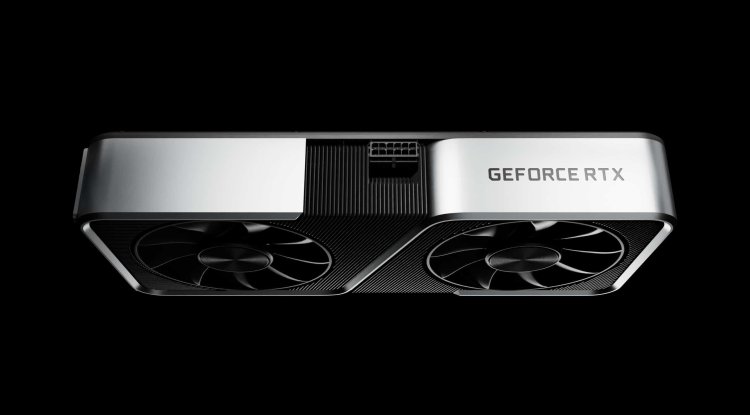Exynos 2400: Xclipse 940 GPU lags behind Snapdragon 8 Gen 3's Adreno 750 due to RDNA 2 limitations
In the world of mobile processors, the competition to deliver superior graphics and processing capabilities has intensified with each generation. The introduction of the Exynos 2400, Samsung's latest flagship mobile processor, promised groundbreaking performance enhancements. However, the Xclipse 940 GPU within the Exynos 2400 has faced scrutiny for lagging behind the Snapdragon 8 Gen 3's Adreno 750. This disparity is attributed to limitations within the RDNA 2 architecture. In this comprehensive article, we delve into the nuances of the Exynos 2400's Xclipse 940 GPU lag, the influence of RDNA 2 architecture, and what this means for the future of mobile processing.

Introduction to Exynos 2400 and Xclipse 940 GPU
The Exynos 2400 is Samsung's answer to the demand for higher performance and efficiency in mobile devices. One of its key components is the Xclipse 940 GPU, designed to handle graphics-intensive tasks and deliver immersive gaming experiences. While Samsung has made significant strides in processor technology, reports have surfaced suggesting that the Xclipse 940 GPU lags behind Qualcomm's Snapdragon 8 Gen 3's Adreno 750 GPU in terms of performance.
RDNA 2 Architecture: A Double-Edged Sword
At the heart of the issue lies the RDNA 2 architecture – the foundation upon which the Xclipse 940 GPU is built. RDNA 2, a graphics architecture developed by AMD, has shown tremendous promise in the PC and console gaming spaces, offering advanced features like hardware ray tracing and improved power efficiency. However, it appears that the transition of RDNA 2 to the mobile realm has brought along certain limitations that impact the Xclipse 940 GPU's performance.
Adreno 750: An RDNA 2 Advantage
Qualcomm's Snapdragon 8 Gen 3, on the other hand, features the Adreno 750 GPU, which is also based on RDNA 2 architecture. However, Qualcomm's implementation seems to have overcome some of the limitations associated with RDNA 2 when tailored for mobile platforms. As a result, the Adreno 750 GPU outperforms the Xclipse 940 GPU in various benchmarks and real-world applications.
RDNA 2 Limitations: Power Consumption and Efficiency
One of the key limitations of RDNA 2 architecture in the mobile context is power consumption and thermal efficiency. While RDNA 2 excels in delivering performance and visual quality, it tends to draw more power compared to alternative solutions. This can lead to thermal throttling and reduced sustained performance, ultimately affecting the overall user experience.
Balancing Performance and Efficiency: A Delicate Task
Mobile processors operate within tight power constraints, as energy efficiency is paramount to ensure extended battery life and prevent overheating. Balancing the demands of performance and efficiency in a mobile GPU is a delicate task. While RDNA 2 offers exceptional performance in certain scenarios, it also brings along challenges that must be addressed to optimize mobile graphics solutions.
The Road Ahead: Potential Solutions
The lag observed in the Xclipse 940 GPU doesn't signal a dead end for RDNA 2 architecture in mobile devices. Instead, it underscores the iterative nature of technological advancements. Samsung and other manufacturers will likely continue to refine their implementations of RDNA 2, overcoming its limitations to deliver mobile GPUs that meet the demands of both performance-hungry users and power-conscious environments.
Also Check Garmin Venu 3 and Venu 3S smartwatches launch and up to 14 days of battery life
Conclusion: Unveiling the Complexity of Mobile Processing
The Exynos 2400's Xclipse 940 GPU lag behind the Snapdragon 8 Gen 3's Adreno 750 sheds light on the multifaceted nature of mobile processing. It showcases the intricate balance that manufacturers must strike between performance, power consumption, and thermal efficiency. While RDNA 2 architecture presents exciting possibilities, its limitations emphasize the challenges of translating PC and console graphics prowess into the mobile arena.
In a world where mobile devices serve as our personal hubs for communication, entertainment, and productivity, the Exynos 2400's GPU lag serves as a reminder that technological advancements are accompanied by a learning curve. It's more than just a comparison of numbers and benchmarks; it's a glimpse into the complex interplay between hardware, architecture, and user experience. As manufacturers continue to push the boundaries of what's possible, the Xclipse 940 GPU lag paves the way for future innovations and optimizations that will redefine the landscape of mobile processing.





































